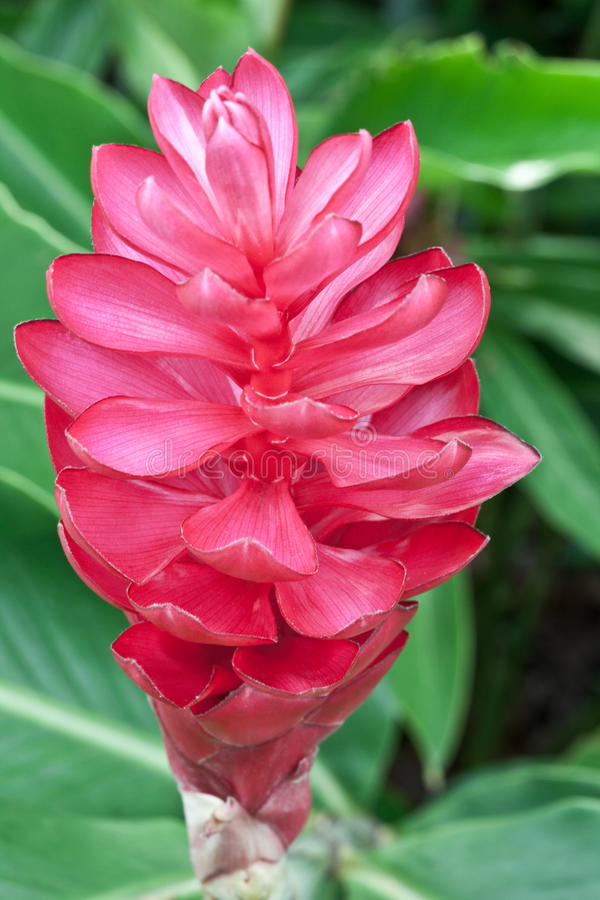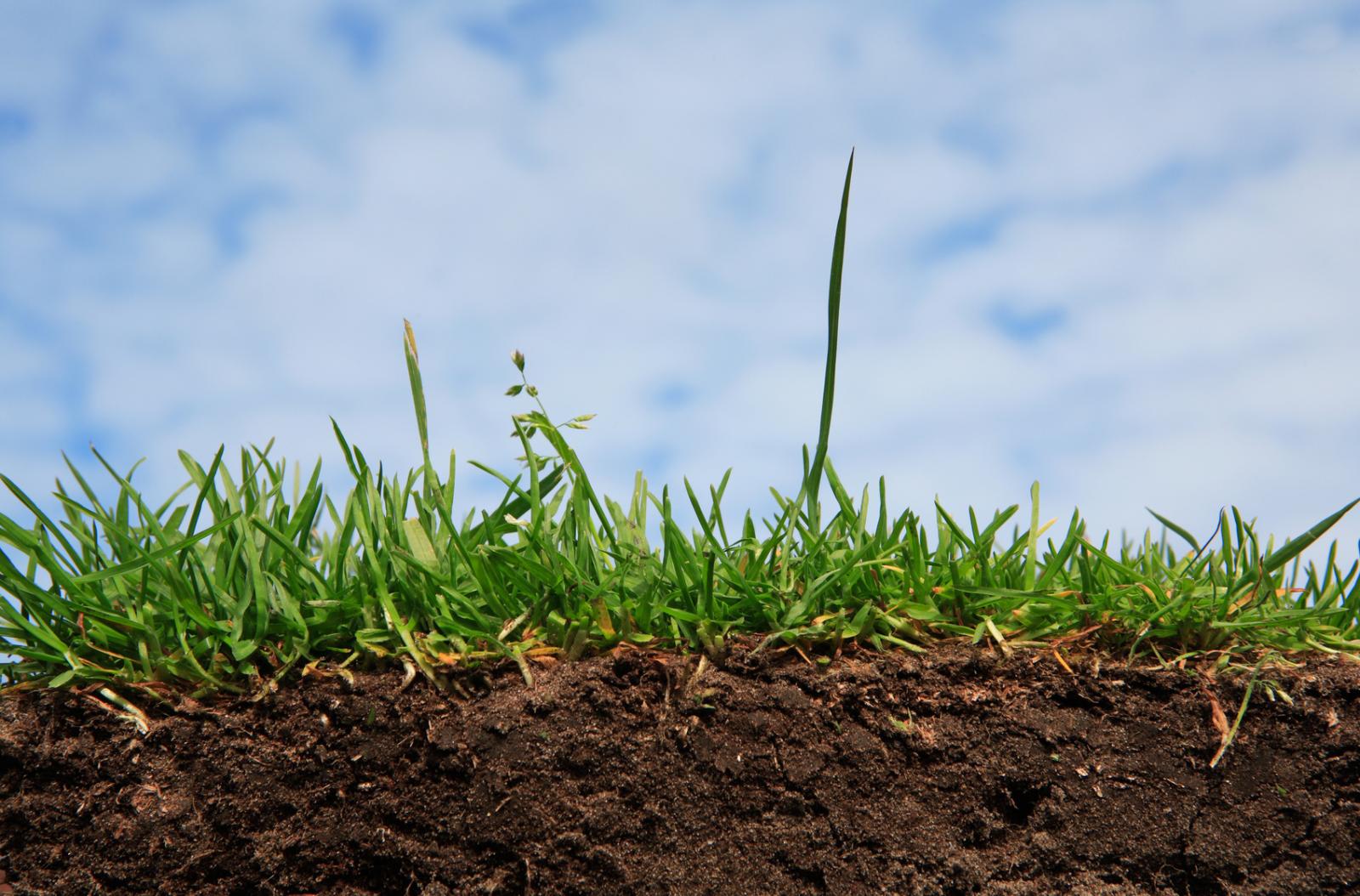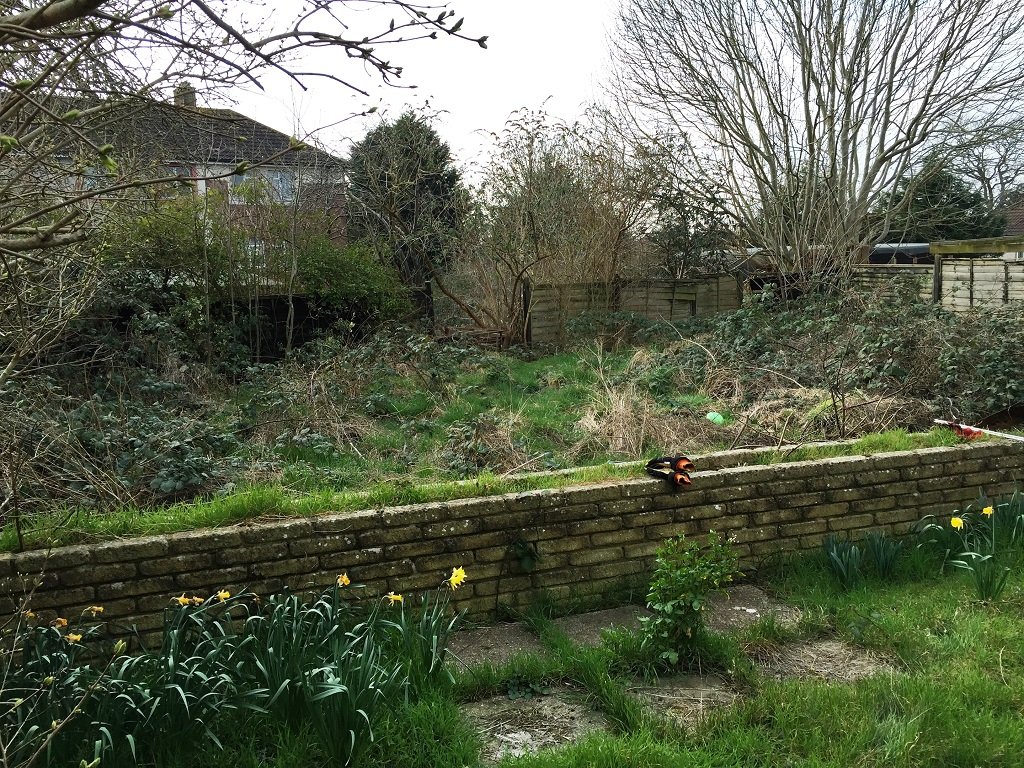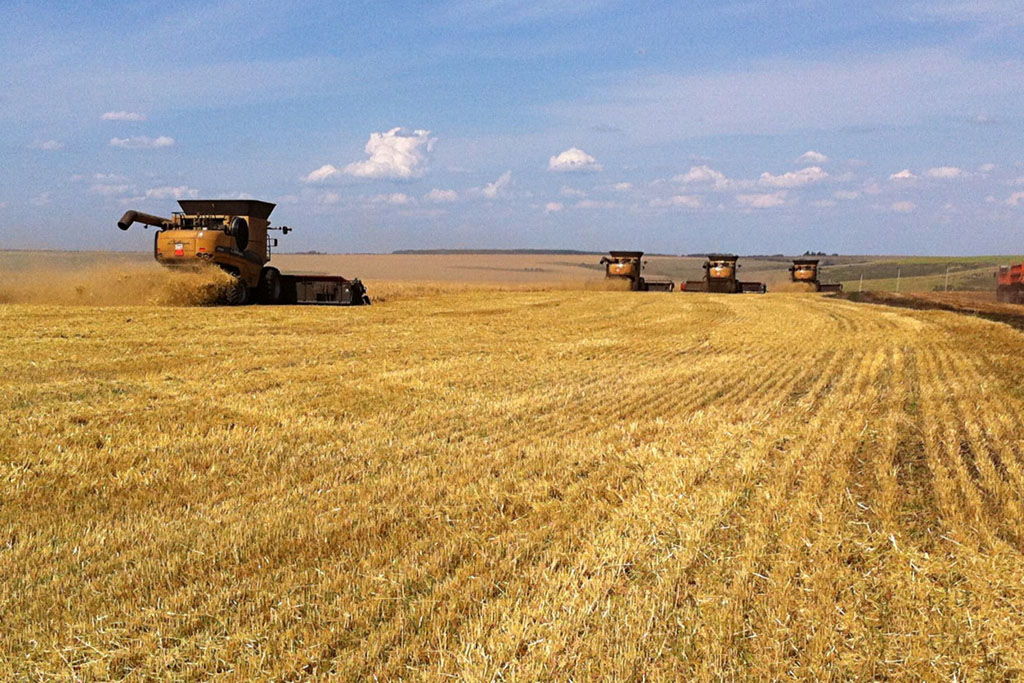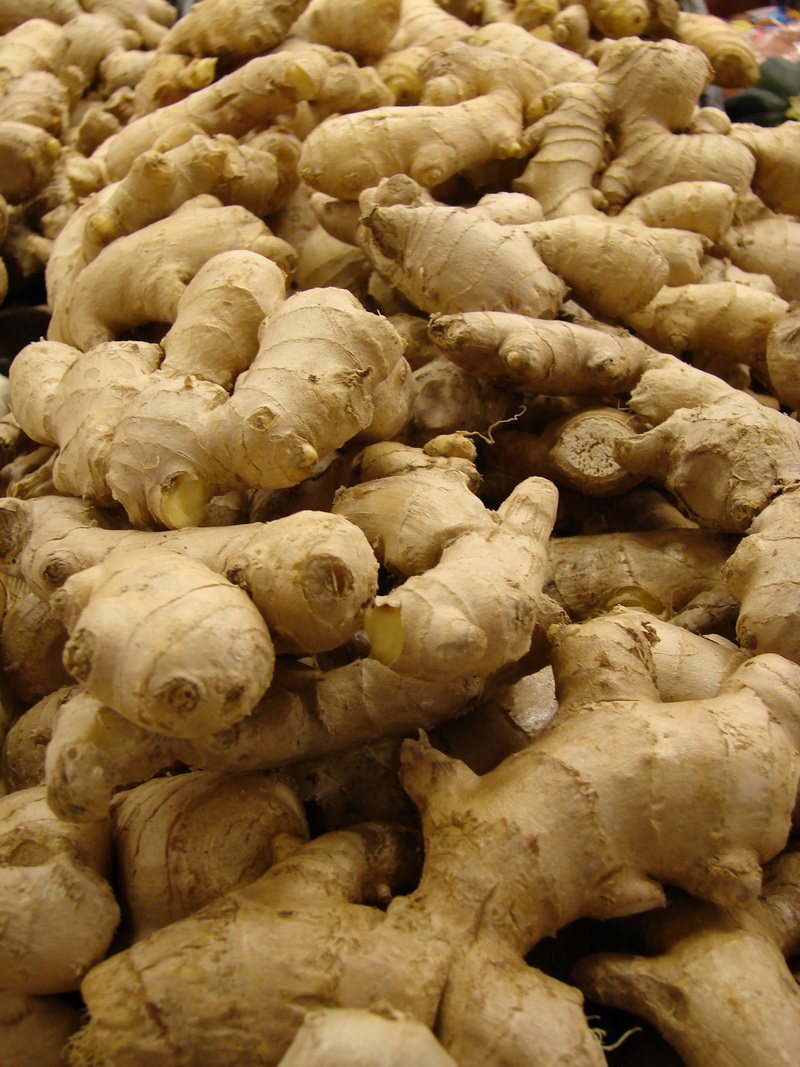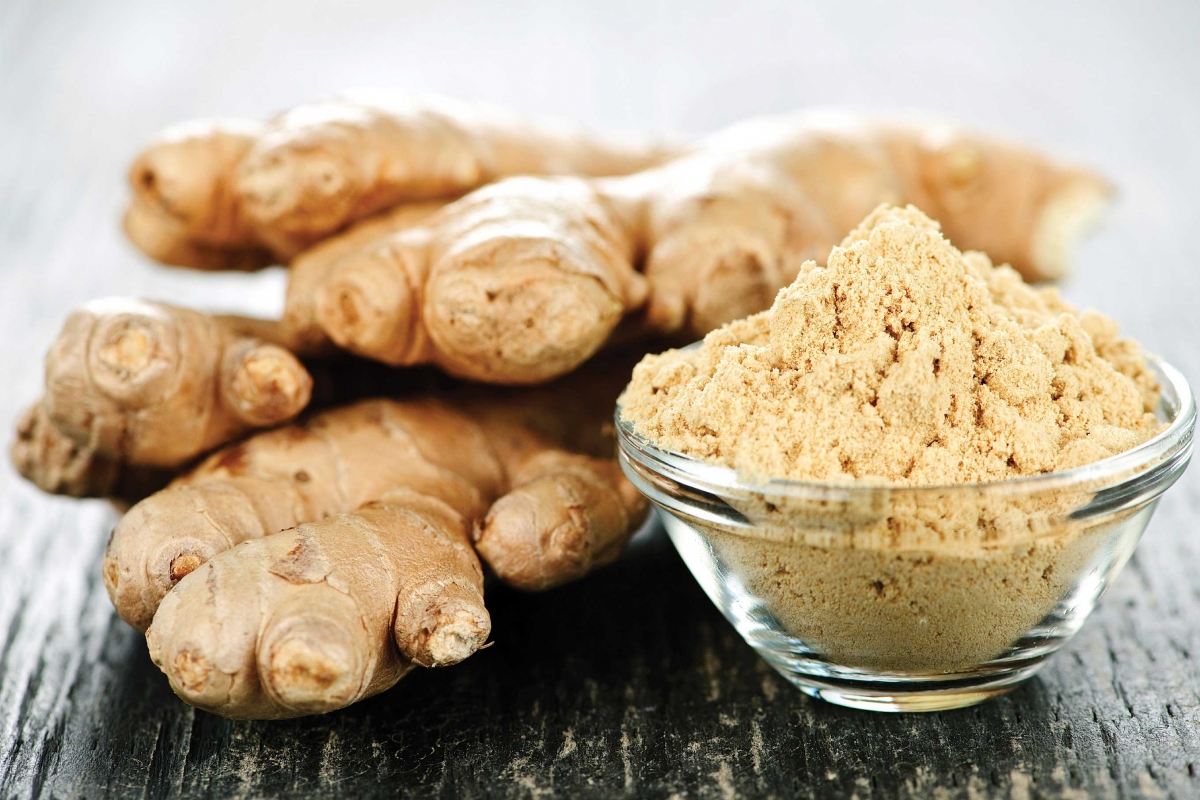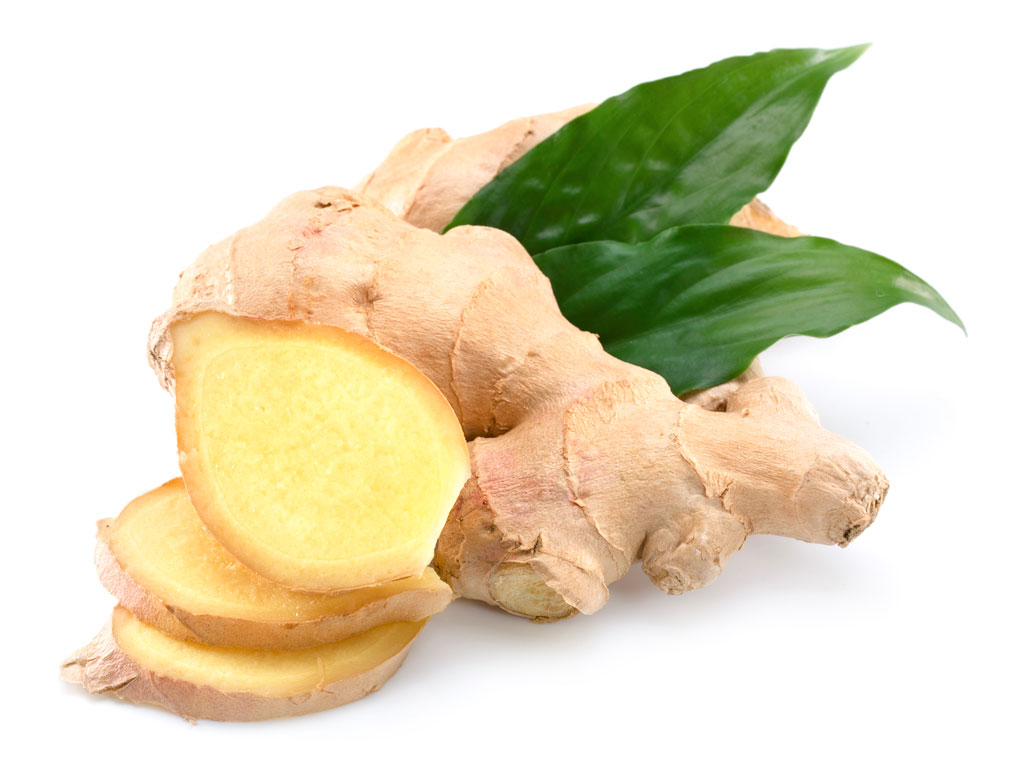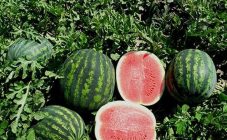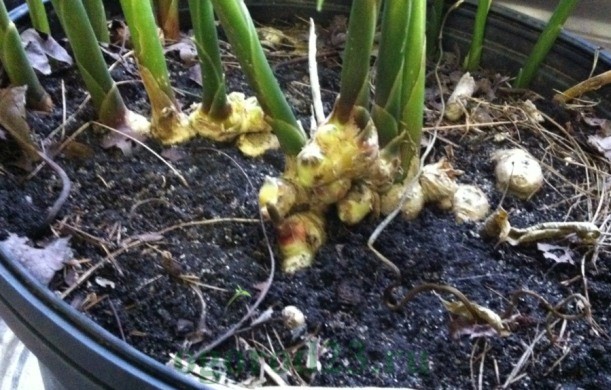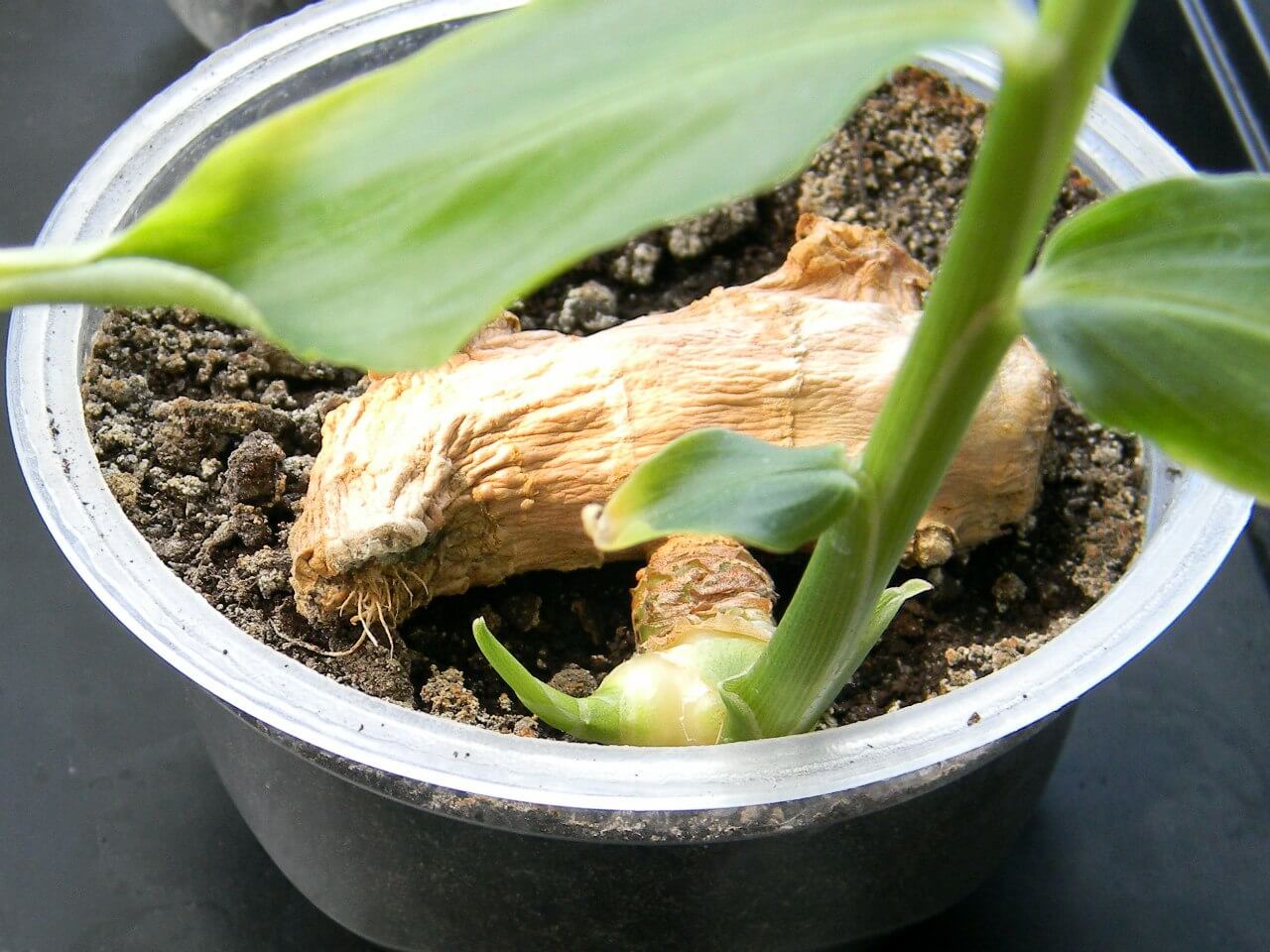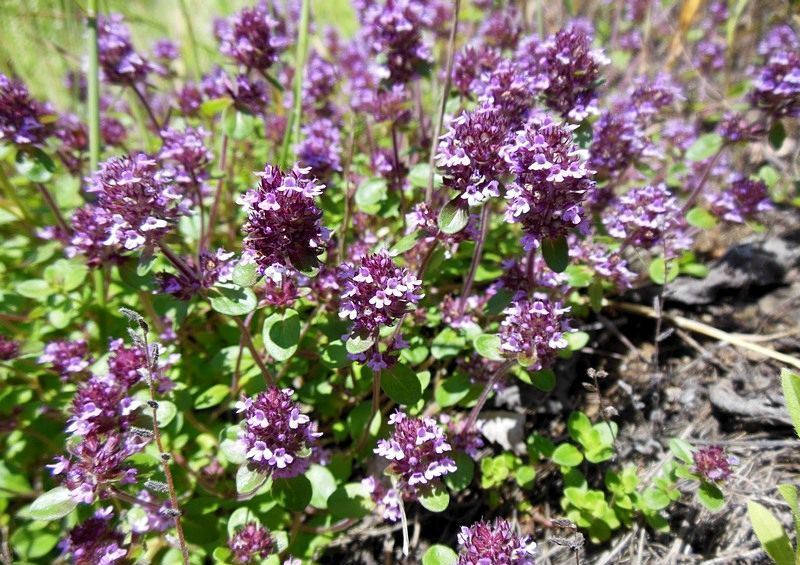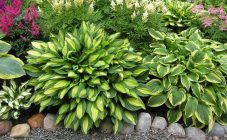Content:
Ginger is renowned for its spicy flavor and health benefits. It is sold on store shelves. There are ways to grow ginger in the open field on your own. When growing, it is important to know the characteristics of the plant. Gardeners were given recommendations on how to plant and care for ginger, rules for harvesting and storage.
Description of culture
Ginger is a perennial herb that grows in South Asia. It can be grown outdoors or in a greenhouse. Ginger has a fibrous adventitious root system. The underground part of the shoot is a modified root. The rhizome grows horizontally. The stem is erect, grows up to 1.5 m in height, round in shape with elongated internodes. The leaves are whole with a heart-shaped base and a pointed tip.
The plant blooms actively in spring and summer. The inflorescences are spicate, the flower is decorated in a green cup of 5 sepals, the corolla consists of purple or rich yellow petals.
In appearance, the plant resembles bamboo; in summer cottages and garden plots, it is planted as a decorative element. Ginger root is prized for its medicinal properties, spicy aroma and pleasant taste.
Eating ginger root can strengthen the immune system, improve memory, and normalize the digestive system.
The culture is widespread in Japan, Vietnam, Argentina and Brazil. Ginger is considered a tropical plant, but gardeners have learned to grow it on the territory of the Russian Federation: in the Moscow region, in the Moscow region, in central Russia, in the Urals. It is believed that it is possible to grow ginger root in the middle lane only in heated greenhouses, but knowing what requirements are necessary for growing a crop, you can try to plant a plant in a garden plot.
There are a wide variety of types of ginger. The main goal of breeders is to bring out unpretentious varieties, with a large rhizome, which will be juicy and pleasant to taste. The types of ginger differ in the color of the pulp. It is yellow, greenish, orange, light brown.
Popular varieties of ginger cultivated in Russia:
- Purple - a plant with decorative flowers and a sturdy stem;
- Kasumunar - the species fell in love with beautiful delicate white flowers, resembling an orchid;
- Wonderful - unpretentious variety with long blooming red flowers;
- Zerumbet - flowers resemble a rose in shape;
- Ginger Torch - decorative pinkish flowers;
- Japanese - fragrant inflorescences that bloom early.
Agrotechnics
Site requirements
Ginger root is an unpretentious plant. But in order to grow ginger from the root in the country, one must take into account the peculiarities of cultivation.
The site for planting ginger should be free of drafts, well lit, but not in direct sunlight at noon. Usually they choose the southern part of the garden. If the area is completely open, then you need to make a small cover for the plant from the sun.
If you plan to grow ginger in the northern regions, then it is better to plant it in a greenhouse.
On nutritious loose soil, the plant will quickly take root, will grow and develop well. You can make your own ginger potting mix. To do this, mix sand, turf soil and leaf humus in proportions 1: 1: 2. In the hole prepared for planting the plant, you need to fill in gravel (1 cm), pour sand on top (2 cm), then put the prepared soil mixture. Indicators of the level of acidity of the earth should be medium. At a high level of acidity, dolomite flour or limestone is added to the soil.
Landing dates
The first step before planting ginger in the garden involves preparing the seedlings. Seedling roots begin to be planted in January. They can be transplanted into open ground after 4-5 months (April-May). It is important that the weather conditions are suitable for planting; if spring frosts occur, the plant on the site may die. It is better to postpone planting ginger in open ground and wait for good weather conditions.
For normal plant development, the air temperature should be +25 degrees. When the temperature drops to +18, the plant stops in development, “falls asleep”. It is very difficult to bring a frozen plant back to life; it will take a long time to move out of hibernation. Shoots will develop more slowly, the gardener will not receive a harvest this year.
When growing ginger outdoors in a garden plot, an important component of the whole process is the choice of planting material. The plant is propagated by rhizome. Ginger does not propagate by seeds. You can buy the root in any store, the main thing is that it is young and healthy. When choosing ginger, you need to pay attention to the appearance, structure of the peel, color and buds.
The peel should be smooth, slightly glossy. The presence of shoot buds is important. They look like potato eyes in appearance. They should be dense, with a greenish tint. A frozen or dry root is not suitable for planting, the buds of such roots are no longer suitable for reproduction.
Planting ginger root
Before planting in open ground, the ginger root should be placed in a weak solution of potassium permanganate for 2-3 hours (you can use clean warm water). The procedure awakens the plant and stimulates its growth.
If the gardener decided to plant a ginger root in the country, dividing it into several parts, then the cuts must be processed. They are allowed to dry out a little and the cut is sprinkled with ash or activated carbon powder. When dividing the root, at least 2 healthy buds should be left on each part.
Ginger planting and care in the country:
- Clean the site of weeds and roots, dig up, loosen. Apply mineral and organic fertilizers to the soil;
- Make grooves 5-8 cm deep, loosen the ground, moisten. The root grows in width, and not in depth, so it is planted without deeply burying it in the ground;
- The distance between the shoots is kept at least 10 cm, the buds should look up;
- Sprinkle the empty space with earth, tamp lightly. At first, it is recommended to monitor the humidity and temperature conditions outside. With the expected sharp drops in temperature, it is advisable to make a shelter in the form of a greenhouse in order to preserve the young plant.
Ginger blooms beautifully, but before the first flower appears, at least 2 years must pass after the plant is planted on the site. For active flowering, the gardener must follow all the rules of agricultural technology, carefully caring for the ginger root.
How to care for a plant
Ginger is considered a tropical plant, so the gardener should study the features of agricultural technology.
In the first weeks after planting in open ground, the plant requires abundant watering, the soil must be constantly moistened, but water stagnation must not be allowed.With constant stagnation of water, the roots rot. The sprouts begin to germinate in 10-14 days. After that, the amount of watering is slightly reduced. In addition to moistening the soil, ginger should be sprayed from above, especially in hot weather. To prevent the leaves from burning in the sun, spraying is done in the morning or evening hours.
The plant benefits from loosening the soil. You can carry out the procedure after each watering, you can go deeper by 1 cm, loosening is done throughout the entire growing season.
How to feed ginger
Before planting ginger, the site is well fed using organic matter and mineral supplements. After planting, the first 2-3 weeks, no fertilization is necessary, provided that the soil is fertile.
Then you can add organic fertilizers every 10 days. To do this, 1 kg of mullein is diluted in 10 liters of water, let it brew for a day and water the area with ginger.
In early August, organic fertilizers alternate with mineral preparations. Potassium supplements are involved in the proper formation of tubers. Before the beginning of the flowering period, phosphorus fertilizers are applied to the soil.
Harvesting
The ginger root fully ripens 9-10 months after planting (the preparatory stage is taken into account when planting roots for seedlings). The first harvest can be done after 5 months, but the roots will be small in size.
You can determine the degree of maturity of the root by the ground part of the plant. It stops growing, then dries up and begins to fall apart. If these transformations are observed, then the gardener needs to reduce the number and abundance of watering, stop spraying.
Harvesting rules are similar as for other root crops. A few days before the planned digging of roots, it is necessary to stop moistening the soil.
The roots are removed from the ground using a shovel, digging in a little and lifting the soil with a root. Then you need to clean it from the ground, break off the adventitious roots, put it in a warm, dry, ventilated place for 2-3 days. The roots will dry out and store well. Some of the collected roots can be used immediately, the rest are stored.
Ginger storage rules
Dug out and dried roots for long-term storage, up to 3-4 months, are removed in a dark, cool place. The optimal temperature regime is 2-4 degrees Celsius. You can store ginger:
- In the basement;
- In the cellar;
- In the vegetable compartment of the refrigerator.
Before removing the root to the prepared area, it is recommended to wrap it in a paper towel, this will increase the shelf life.
You can store ginger root in the freezer for almost 6 months. But when frozen and thawed, it will lose its beneficial properties and will be suitable only as a spice for aroma.
Some gardeners dry out ginger. To do this, peel the root and cut it into slices. They should be translucent. After placing them on a sieve or paper towel (if there is a special dryer, you can use it), remove the slices in a bowl and store in the place where the seasonings lie.
Dried ginger should be soaked in water for 6 hours before use. In doing so, it becomes more spicy and pungent in taste. It is added to sauces and salads for flavor. It will serve as an excellent seasoning for fish or meat.
Useful properties of ginger root
In addition to the spicy aroma used in cooking, ginger has found widespread use in traditional medicine. The healing effect of the plant helps to cope with many ailments.
Ginger is part of slimming tea. It promotes weight loss, controls the process of fat formation.
Women are advised to drink tea with the addition of ginger during pregnancy. He copes with bouts of nausea and vomiting with toxicosis.To make tea from fresh ginger, the root must be chopped (you can use a grater or blender), take half a teaspoon of the resulting gruel and pour 200 ml of boiling water, stir well. A little honey is added for flavor. Filter the ginger tea through a sieve, drink it slightly hot or cooled.
Ginger is an indispensable home remedy at the first sign of colds. It can be steamed, made tea, or sucked. When absorbed, useful essential oils are released, which have an antibacterial effect. They help cleanse the oral cavity from pathogens and dangerous bacteria.
In childhood, the use of ginger is shown with a weakened immune system, rhinitis, for the treatment of viral diseases. It is allowed to give ginger to children after 2 years. It is necessary to start introducing a new product into the diet gradually and carefully, to monitor the baby's reaction.
There are contraindications to the use of ginger. It is not recommended to use it at a temperature, as it has a warming property and can provoke a deterioration in the patient's condition. It is undesirable to drink tea with ginger or chew it if a person suffers from bouts of acute gastritis, or there is an exacerbation of an ulcer.
Self-planting of ginger in a garden plot is not very laborious if you know what the plant likes and how to care for it. Tips on how to properly grow ginger in your garden will help you harvest a good harvest or grow an ornamental plant for your garden.
